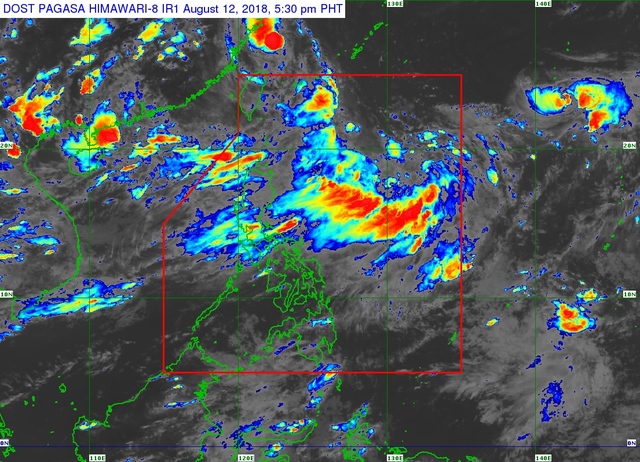The Philippines: treasure islands
Posted 6 years ago
Why the Philippines is the perfect destination for the ethical traveller
Made up of more than 7,000 islands, the Philippines is a destination that has it all, from natural wonders – white sand beaches, azure waters and sprawling rice fields – to bustling cites and incredible food and culture. With holidays to suit everyone, it’s no wonder that the archipelago is welcoming more tourists than ever, drawing in those seeking luxury, relaxation, activity and adventure.
Visitors can dive to explore more than 500 species of coral, while getting up close and person to whale sharks; zipline over beautiful cays; wander through rice paddies; enjoy incredible nightlife; and, of course, kick back on pristine beaches. What’s more, the country is leading the way when it comes to sustainable travel. By promoting a tourism that engages with and gives back to local communities, holidaymakers can be safe in the knowledge that they are having a positive impact on the places they visit. Here we pick three destinations that are revolutionising the way we travel.
Zambales

|
Photo Credit: klook.com
A province in the Philippines located in the Central Luzon region in the island of Luzon, Zambales. Home to Mount Pinatubo, an active stratovolcano found in the Zambales Mountains, the region provides endless opportunities for adventurers. Visitors can trek around the volcano, mingle with tribespeople (learning cooking and archery), plant new trees, surf and much more – all while having a positive impact. With Mad, a social enterprise that works with marginalised communities across the Philippines, the food guests eat and the bed they sleep generate income for the local community (madtravel.org). All this and more is why the Philippines in the perfect destination for the ethical and eco-conscious traveller.
Samar

|
Photo Credit: idreamedofthis.com
The third largest Island in the archipelago, beautiful Samar boasts some of the region’s most dramatic landscapes, with towering cliffs, turquoise coasts and dense, impenetrable forests. The caving capital of the Philippines, it is home to one of Asia’s largest caves, the Langun-Gobingob, as well as the Samar Island Natural Park, the largest land-based protected site in the country, which protects some 3,000 square km of forest. Visitors to the Samar can kayak along the river at the Sohoton Cave Natural Park, learn the traditional art of mat weaving, as well as new cookery skills with local people. The Department of Tourism’s Secret Kitchens of Samar Kulinarya Tour forms a part of the Madrid Fusion festival, an annual event that celebrates the shared history and culinary heritage of Spain and the Philippines.
Palawan

|
Photo Credit: thetravelintern.com
Palawan, an archipelagic province of the Philippines, is the country’s most sparsely populated region. With its abundance of natural beauty and many opportunities to delve deeper into island life, it’s also a perfect destination for the adventurous and eco-conscious traveller. Tao – which means human in Filipino – is a social enterprise with island communities as partners (taophilippines.com). Travellers who join the tours are taken on expeditions to experience Filipino culture with local families. Highlights includes a five-day sailing taking in the paradise that is Northern Palawan or an island stay with a different – the Camp Ngey! Ngey! resort is built using the reclaimed typhoon-wrecked buildings and old furniture.
For more, visit itsmorefuninthephilippines.co.uk or download the Visit Philippines App
source: abtamag.com








































Loading Comment